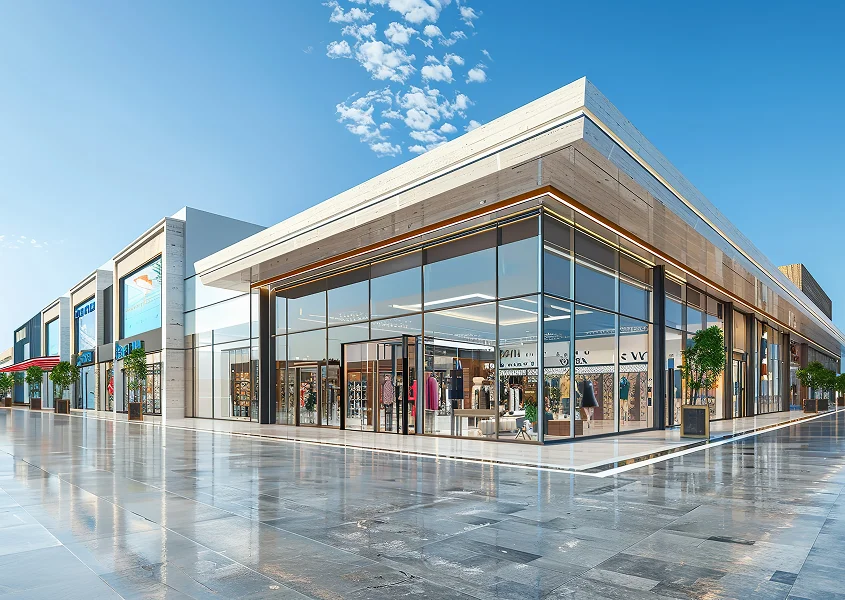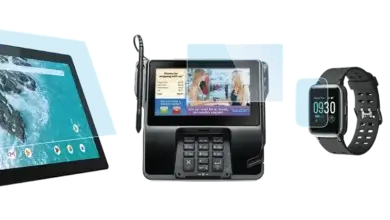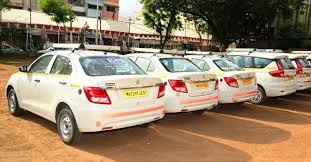Rise of Mixed-Use in Chicago Real Estate Development

Over the last decade, Chicago real estate development has undergone a major transformation. Mixed-use developments, which integrate living areas, offices, retail and entertainment sector into a single integrated community, are becoming more and more popular among developers as an alternative to concentrating solely on traditional residential or commercial projects. Not only are these developments altering skylines but they are also changing how people live, work and engage with their cities.
Why Mixed-Use Developments Are Gaining Popularity
Convenience and Lifestyle Integration
Convenience is important to modern city dwellers. People can live, work, shop and unwind in the same neighborhood with the advent of mixed-use projects. Being able to walk downstairs to a grocery store, gym or café has become very desirable in Chicago, where travels can be quite long. Developers are creating homes that satisfy the demands of the modern lifestyle because they are aware of this trend.
Economic Growth and Community Revitalization
The capacity of mixed-use projects to revitalize neighborhoods is one of their main advantages. Unlike single-use buildings that frequently leave spaces empty after work, mixed-use developments generate activity all day long. The steady flow of foot traffic helps local economies, small businesses and the conversion of underused land into thriving, sustainable neighborhoods.
Sustainable and Future-Ready Planning
Another motivating factor is sustainability. Long commutes are no longer necessary in mixed-use communities, which also lower carbon emissions and promote bicycling and walking. To satisfy the growing demand for sustainable urban living, numerous Chicago real estate development firms are incorporating eco-friendly designs, energy-efficient systems and green building practices into these projects.
Key Features of Modern Mixed-Use Developments
Residential and Commercial Synergy
Luxurious apartments or condominiums are frequently paired with shops, offices and entertainment venues in mixed-use developments. Residents have direct access to everyday needs and recreational opportunities in this self-sufficient ecosystem.
Transit-Oriented Design
One of the main priorities is accessibility to public transportation. By placing their projects close to bus routes or CTA stations, developers make it simpler for locals and employees to commute without using their cars. This strategy not only increases accessibility but also draws companies looking for busy areas.
Integration of Technology
In mixed-use projects, smart building technologies are now essential. While reducing operating expenses for property managers, features like app-based access, integrated security systems and smart energy controls improve convenience for residents.
Chicago’s Role in the Rise of Mixed-Use Developments
A City Built on Innovation
Chicago has always been known as a hub for architectural innovation. From historic skyscrapers to cutting-edge sustainable buildings, the city has consistently led the way in urban planning. Today, mixed-use projects are the next chapter in this legacy.
Examples of Transformational Projects
Across Chicago, developments are reshaping communities. Former industrial areas are being repurposed into vibrant mixed-use districts, with residential units, co-working spaces, restaurants, and green parks seamlessly integrated. These projects not only attract young professionals but also appeal to families and retirees looking for a dynamic, connected lifestyle.
Boosting Property Value and Investment Potential
For investors, mixed-use projects represent strong long-term opportunities. Properties that combine multiple revenue streams residential rent, retail leases, and office spaces tend to deliver stable returns even in fluctuating markets. This makes property development companies in Chicago highly competitive in attracting both local and international investors.
Challenges in Mixed-Use Development
While the benefits are significant, mixed-use projects also come with challenges. Developers must navigate zoning laws, balance different tenant needs, and invest heavily in infrastructure. Additionally, creating harmony between residential and commercial elements requires thoughtful design to minimize noise, traffic, and overcrowding. However, forward-thinking Chicago developers are finding creative solutions that set new industry benchmarks.
The Future of Chicago Real Estate Development
Looking ahead, mixed-use developments are expected to dominate the city’s real estate landscape. With growing demand for walkable, sustainable communities, and increasing interest from global investors, Chicago is poised to remain at the forefront of urban development trends.
Technology, sustainability, and community-focused planning will continue to drive innovation. Developers who prioritize these aspects will play a major role in shaping the future of the city.
Conclusion
Mixed-use developments are more than just a trend they represent a shift in how we envision urban life. By blending residential, commercial, and cultural spaces into one, these projects are redefining modern living while boosting local economies and sustainability efforts. For property owners, this also presents new opportunities. If you are considering exiting the market, now is an excellent time to explore options and sell your property in a city where demand for mixed-use development continues to rise.
Read More Blogs Here!







